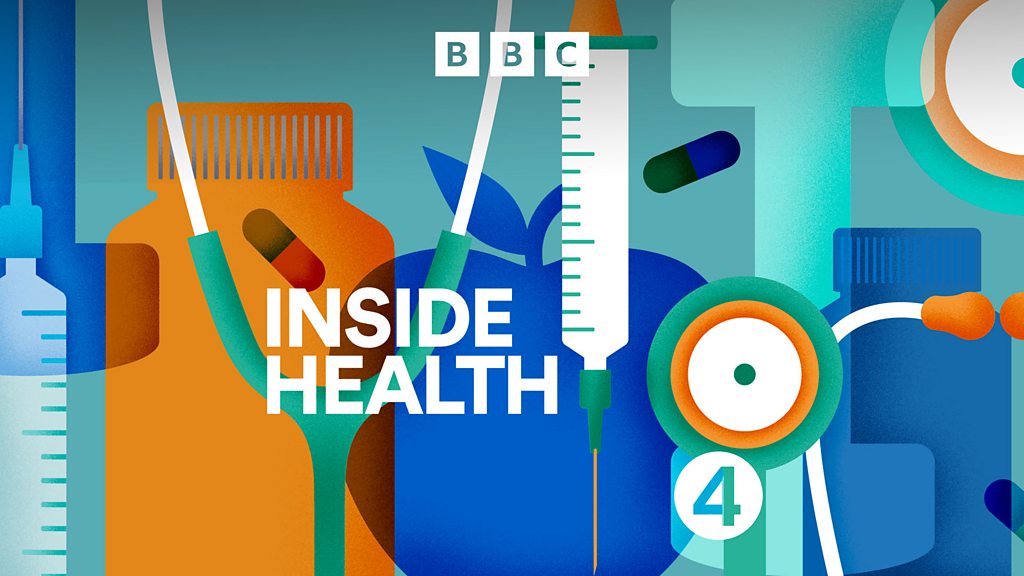Introduction to the Sun’s Impact
The sun is a vital component of our daily lives, providing us with warmth, light, and energy. While it is widely known that excessive exposure to the sun’s rays can have detrimental effects on our health, such as causing skin cancer and premature aging, there are also several advantages associated with moderate sun exposure.
Understanding the Risks
Before diving into the benefits, it’s essential to acknowledge the risks. Prolonged exposure to the sun, especially during peak hours, can lead to severe sunburns, which significantly increase the risk of developing skin cancer. Moreover, the sun’s ultraviolet (UV) rays can cause photoaging, leading to wrinkles and age spots. Despite these risks, research suggests that moderate sun exposure may have numerous health benefits.
The Benefits of Moderate Sun Exposure
Moderate sun exposure is linked to the production of vitamin D in the skin, which is crucial for maintaining strong bones and preventing diseases like rickets and osteomalacia. Vitamin D deficiency has also been associated with an increased risk of diabetes, hypertension, and certain types of cancer. Furthermore, sunlight exposure can help regulate circadian rhythms, improving sleep quality and reducing the risk of sleep disorders.
Mental Health and the Sun
In addition to physical health benefits, moderate sun exposure has been shown to have a positive impact on mental health. Sunlight triggers the release of serotonin, a neurotransmitter that helps regulate mood, reducing the risk of depression and anxiety. This is particularly significant for individuals living in areas with limited sunlight during certain parts of the year, who may experience seasonal affective disorder (SAD).
Balancing the Risks and Benefits
While the advantages of sun exposure are significant, it’s crucial to balance these benefits with the associated risks. This can be achieved by practicing sun safety, such as wearing protective clothing, seeking shade, and using sunscreen with a suitable Sun Protection Factor (SPF) during peak sun hours. By adopting these simple measures, individuals can minimize their risk of sun-related health issues while still reaping the rewards of moderate sun exposure.
Conclusion
In conclusion, the evidence suggests that the advantages of moderate sun exposure could indeed outweigh the risks, provided that individuals take necessary precautions to protect themselves from excessive UV radiation. By understanding both the benefits and the risks associated with sun exposure, we can foster a healthier relationship with the sun, leveraging its power to improve our overall well-being while minimizing its potential harms.

